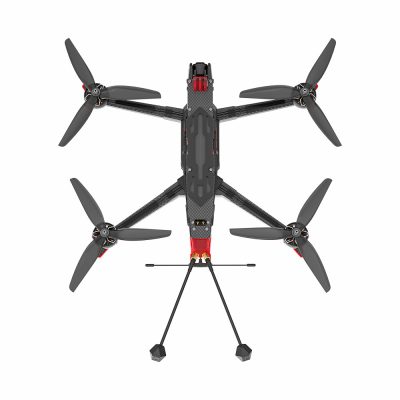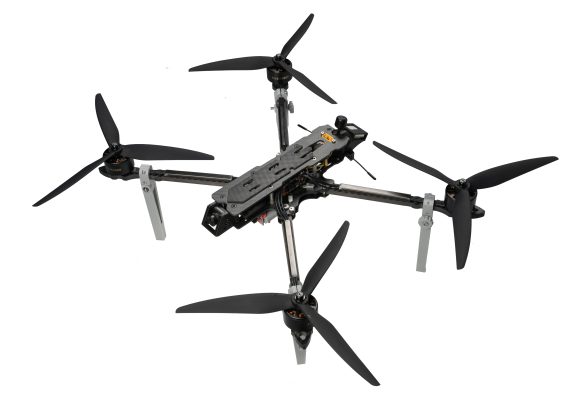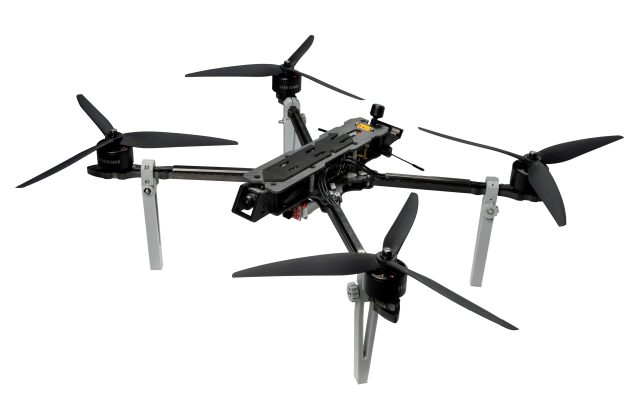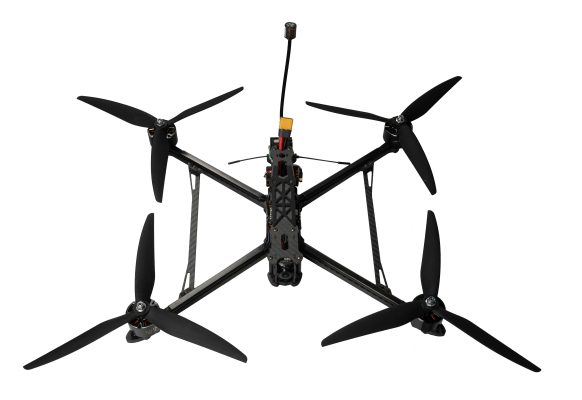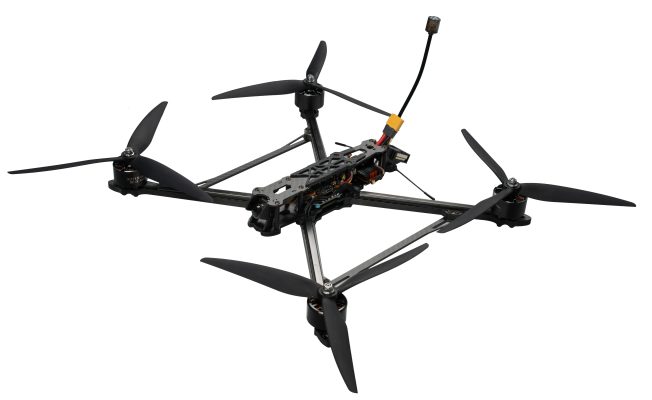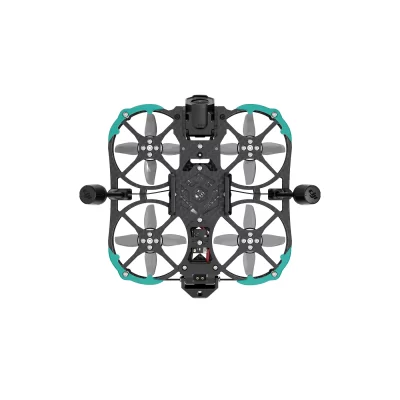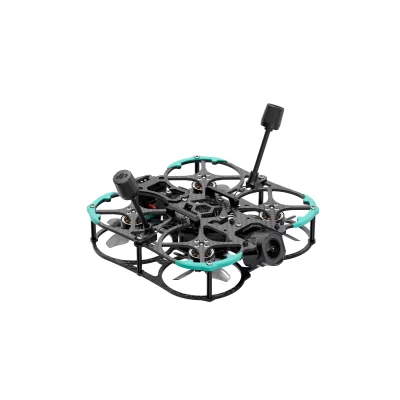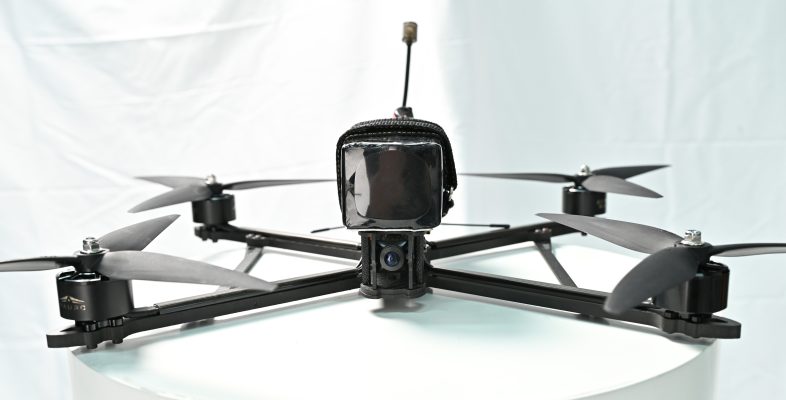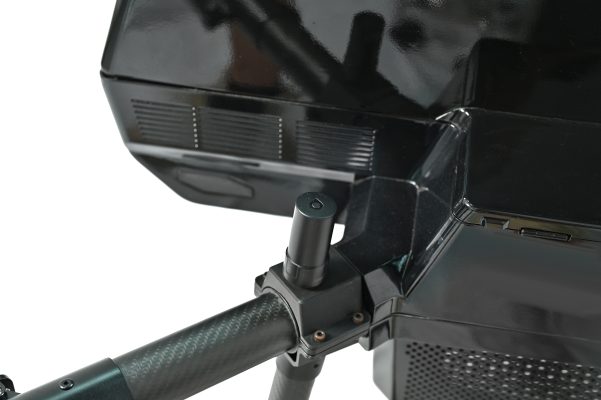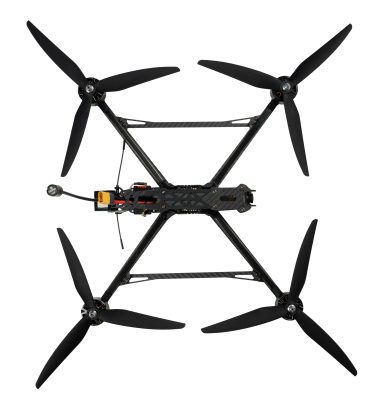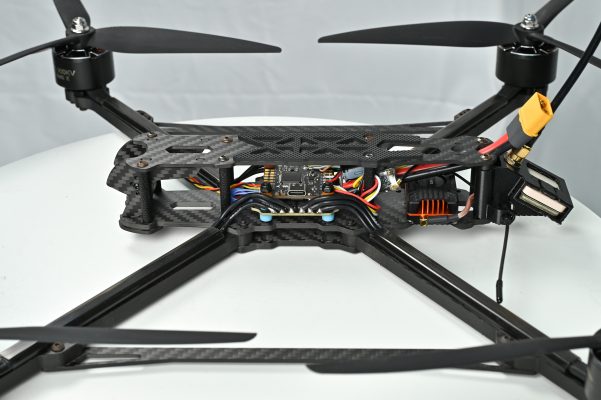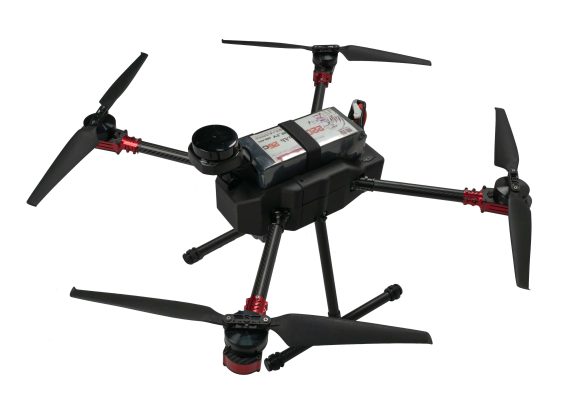-
×
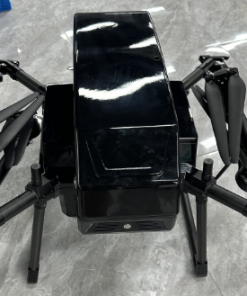 X4-1900H Industrial Hydrogen Fuel Cell Drone High Load
1 × $348,800.00
X4-1900H Industrial Hydrogen Fuel Cell Drone High Load
1 × $348,800.00
Key Factors When Choosing a long range fpv drone
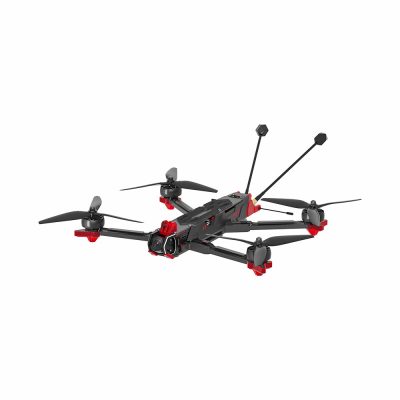
-
Video Transmission System – Stability is critical. Choose 1.2GHz, 2.4GHz, or high-power 5.8GHz systems for clear, delay-free images over kilometers.
-
Battery and Flight Time – High-performance LiPo batteries from 3000mAh–6000mAh usually allow 20–45 minutes of flight.
-
Flight Controller & GPS – Advanced FCs support Return-to-Home (RTH) to prevent crashes if the signal is lost.
-
Frame Design – Carbon fiber frames are lightweight and durable, ideal for handling vibrations during long flights.
Recommended Brands & Models
-
iFlight Chimera7 Pro – Balances long endurance and high speed, perfect for experienced pilots.
-
GEPRC Crocodile Baby 5 – Lightweight, suitable for both mid-range and long-range flights.
-
Skyzone Talon LR – High stability and reliable transmission for professional aerial filming.
Where to Buy
-
International Platforms – Banggood, GetFPV, and other sites ship worldwide.
-
Local FPV Communities – Second-hand deals are affordable and come with valuable flying tips
